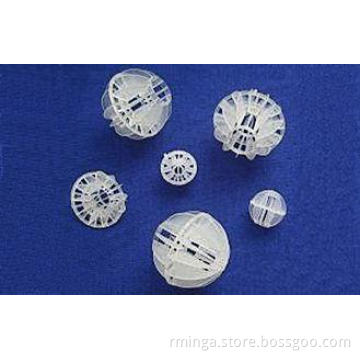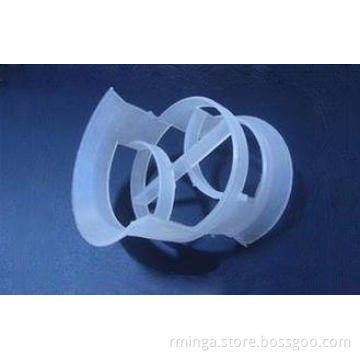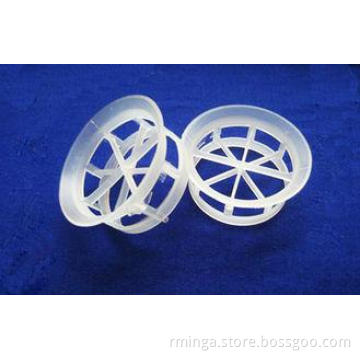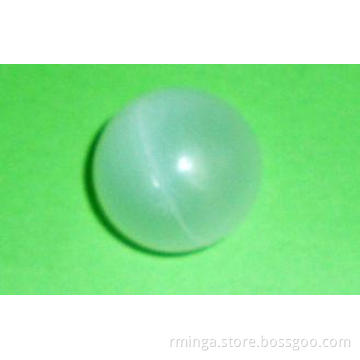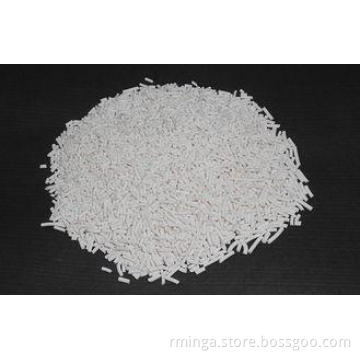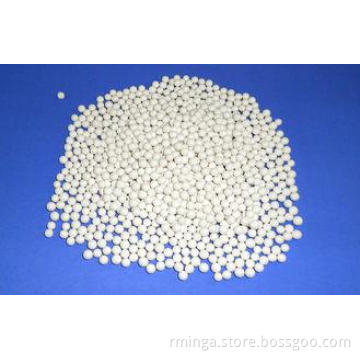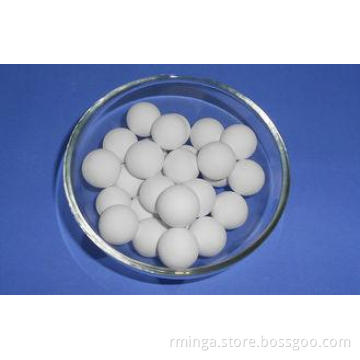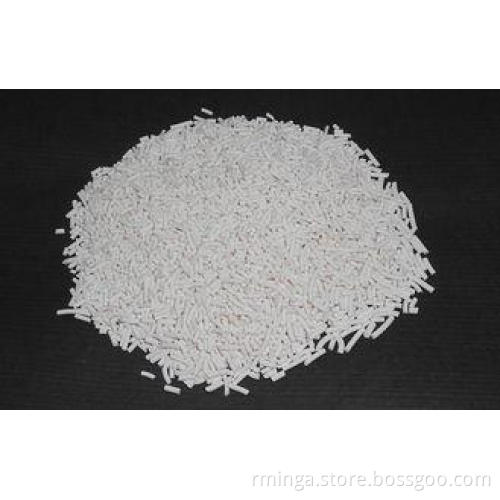
Molecular Sieve Catalytic Reforming Catalyst For Activated
- Min. Order:
- 1
- Min. Order:
- 1
- Delivery Time:
- 30 Days
Your message must be between 20 to 2000 characters
Contact Now| Place of Origin: | Guangdong, China (Mainland) |
|---|
Refoming Catalyst /Reformate Refined Catalyst / Catalytic Reformer/ Continuous Catalyst Regeneration/ catalyst manufacturers
/Alternative of activated clay/ Long operating cycles/ Capital saving/ Energy and Emission Reduction
Quick Details:
Three patents
Four industry authoritative certification
An alternative refined catalyst to clay processing in reformate
High-performance and highly stable catalyst.
Alternative of activated clay
Reduced solid waste
Long operating cycles
Continuous Catalyst Regeneration
Capital saving
Molecular Sieve Catalytic Reforming Catalyst For Activated Clay Replacement
Description:
RS-T-1 Reformate refined catalyst is the main replacement of activated clay employed in the pre-treatment equipments of PX process to remove the olefins from C8+ mixed aromatics. It is featured as wide operating temperature range, long life cycle and repeated regeneration capability .
1. Main Advantages Of RS-T-1 Reformate Refined Catalyst
Due to frequent replacement, clay waste pollution, reduced clay resources and high security risks in frequent replacement, high activity refined catalyst has become an inevitable choice to replace the conventional activated clay adsorbents.
Compared to the conventional activated clay adsorbents, RS-T-1 refined catalyst has the following major advantages:
1. Longer cycle life:
Under the same conditions of use, single cycle life is more than 8 times that of clay;
- Wider temperature Range :
RS-T-1 refined catalyst can be actived at the temprature of 130 ℃.
- Repeated regeneration
The catalyst can be used repeatedly by regeneration, thus the solid waste emissions will be reduced from 85% to 90%;
Decreased Bromine Index (BI)
The BI decrease can protect the subsequent equipments, and the extended operating cycle can reduce the frequency of maintenance.
2. RS-T-1 Refined Catalyst Specifications Descriptions
2.1 What is RS-T-1 Refined Catalyst Appliance Principle ?
The core active component of RS-T-1 is molecular sieve.
As with activated clay, molecular sieves refined catalyst also adsorb the olefins with strongger polarity in reforming aromatics through porous material, so as to achieve the purpose of refining. However, molecular sieves have a longer operation cycle life than clay due to higher acid content, better acid distribution, and stronger and more stable acidity ; , meanwhile, due to their unique nature, sieves can be repeatedly regenerated.
2.2 The Main Physical Indexes of RS-T-1 Refined Catalyst
The Main Physical Indexes of RS-T-1 Refined Catalysts are listed as follows . They can also be customerized .
Table 2.1 Refined Catalyst Physical Indexes
|
Items |
Units |
Indexes
|
|
|
Shape |
|
white strip |
|
|
Diameter |
mm |
Φ2~3×5~15 |
|
|
RATE OF WEAR |
% |
≤0.1 |
|
|
Compressive strength
|
crush strength |
N/cm |
≥80 |
|
coefficient of variation (C.V.) OF Crush strength |
|
≤0.4 |
|
|
Stacking Density |
|
g/ml |
0.55~0.60 |
2.Where Are RS-T-1 Refined Catalyst Applied ?
RS-T-1 is developed for PX front purification device, currently applicable to C8+ above feed refining process in the reforming tower bottom. Olefin and colloid content in feed have a great effect on single cycle life of refined catalyst. Its applicable feed indicators are as follows:
Table 2.2 indicators for reactor feed,
|
Items,Units |
Indicators |
|
Bromine index mg/100g |
400~2000 |
|
Colloid mg/100g |
≤20 |
Inlet temperature and bromine index affect single cycle life of refined catalyst. Matching process should be paid attention to when used.
2.4 RS-T-1 Refined Catalyst Operating Conditions
According to RS-T-1 catalyst refining principle, temperature rising and pressure increasing benefit the operation, but in generalRS-T-1 catalyst become active at 130℃, in order to extend the life of refined catalyst, operate at low temperature initially. Operating pressure requirements are similar to clay, but ensure the feed is in the liquid state, therefore the reaction pressure should be adjusted according to the catalyst operating temperature. The refining process recommends operating conditions to be at the maximum pressure the device allows, under high pressure, the single cycle life of the refined catalyst can be appropriately extended.
Table2.3 RS-T-1 Refined Catalyst Operating Process Indicators
|
Items,Units |
Indicators |
|
Reactor pressure MPa(G) |
1.0~2.5 |
|
WHSV,h-1 |
0.5~2.0 |
|
normal operating temperature ℃ |
130~210 |
2.5 Performance Guarantee
Oil Index after RS-T-1 Refined Catalyst Process as table below:
Table 2.4 Oil Index afterRS-T-1 Refined Catalyst Process
|
No. |
Components |
Unit |
Value |
|
1 |
feed Bromine index 400~600mgBr/100g |
single cycle life,month |
≥8 |
|
2 |
feed Bromine index 600~800mgBr/100g |
single cycle life, month |
≥6 |
|
3 |
feed Bromine index 700~1200mgBr/100g |
single cycle life, month |
≥4 |
|
4 |
feed Bromine index ≥1000mgBr/100g |
single cycle life, month |
≥3 |
According to preliminary tests, deactivated refined catalyst can be reused after regeneration, with no significant decline in activity after regeneration, at the same time, according to the changes of physical indicators, we suggest that the frequency of regeneration can be more than 3 times.
3. Successful Cases :
3.1 RS-T-1 refined catalyst has achieved industrial applications in the 1 million tons / year PX devices of CNOOC Huizhou Refinery since November 2011, and has so far been running at low temperature. With conditions of feed Bromine index above 600 ~ 1900 mgBr/100g (an average of about 1200 mgBr/100g), refined catalyst outlet Bromine Index is ≤ 20 mgBr/100g, xylene re-distillation tower top Bromine Index shows ≤ 1.0mgBr / 100g, other outlet indicators are basically the same as activated clay.
3.2 RS-T-1 is also widely used in China Petroleum & Chemical Corporation Shanghai Branch, China Petroleum & Chemical Corporation Tianjin Branch, China Petroleum & Chemical Corporation Jinling Branch, etc.
3.3 Some of our customers:
1. China Petrochemical Corporation (Sinopec Group) Shanghai Branch,
2. China Petrochemical Corporation (Sinopec Group) Tinajin Branch
3. China Petrochemical Corporation (Sinopec Group) Guanzhou Branch
4. China Petrochemical Corporation (Sinopec Group) Jinling Branch
5. China Petrochemical Corporation (Sinopec Group) Maoming Refinery
6. hina Petrochemical Corporation (Sinopec Group) Cangzhou Refinery
7. SinopecGroup(CNPC) Daqing Petrochemical Branch
8. SinopecGroup(CNPC) Daqing Refining Branch
9. SinopecGroup(CNPC) Liaoyang Petrochemical Branch
10.SinopecGroup(CNPC) Fushun Petrochemical Branch
11.SinopecGroup(CNPC) Guangxi Petrochemical Branch
12.China National Offshore Oil Corporation (CNOOC) Huizhou Refining Branch

